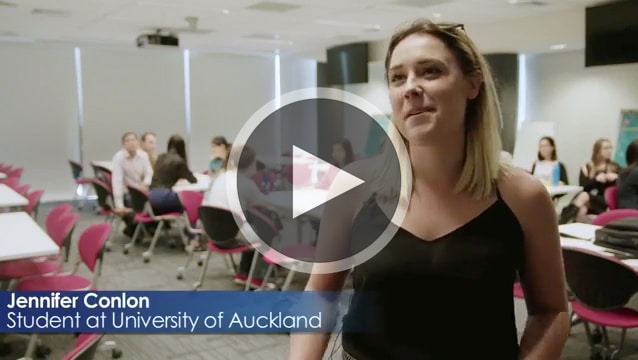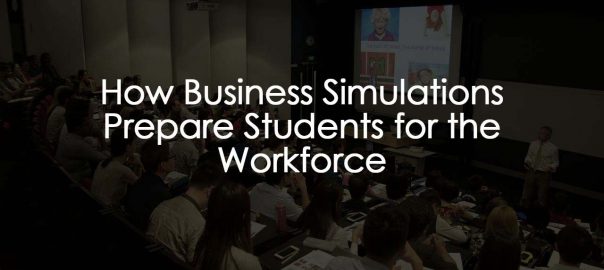Increasing demands on instructors and pressure on tertiary Institutions to provide work-ready graduates, instructors are looking for new ways to engage their students as a means of ensuring success.
What is action learning?
Action learning is not one specific teaching method, but rather a philosophy and an approach which encourages action within a team environment where learning is every participant’s job. All action learning approaches are philosophically rooted in theories of learning from experience, as practiced collaboratively with others through some form of action research.
Education scholars agree upon three principles that form the foundation of any action learning course:
- Learning is acquired through action and dedication to the task at hand.
- Knowledge creation and utilization are collective activities, wherein, learning becomes everyone’s job.
- Users demonstrate a learning-to-learn aptitude, allowing them to question the underlying assumptions of practice.
Why action learning?
In the modern teaching environment, more is needed from teaching faculty in communicating and delivering course content. Socratic and other traditional teaching methods are not engaging students as effectively as they once did. Students now need to be actively involved in their learning, rather than passively participating.
Employing action learning principles within a course enables students to resolve and take action on real problems in real time, and learning while doing so. Participants become engaged within the learning process and learn transferrable skills in the process. Further, by encouraging learning through doing within and among groups, an individual participant realises that their viewpoint is just that – it is no more than a hypothesis. Through this learning outcome, the participant reaches a reflective state. These reflective states are arguably where significant learning is achieved through challenging assumptions and preconceptions about business.
It is thought that action learning also increases an individual’s capacity to collaborate. By being stimulated intellectually by their peers within this environment, they gain access to other people’s worldviews, therefore, enabling them to challenge their own views and behaviours, providing further opportunities for growth. The team-based nature of action learning often encourages new theories or ideas which may not have been reached through traditional teaching methods.
The outcomes from action learning produce greater self-efficacy along with heightened states of autonomy, meaning and responsibility. Authors agree that action learning is the first step for participants in a journey toward greater self-insight, greater capacity to learn from experience, and greater awareness of the political and cultural dimensions of an organization. For organizations, it is often a first step toward linking individual learning with systemic learning and change (Marsick & O’Neil, 1999).
What does action learning look like?
A typical action learning program covers aspects of traditional learning models, where a series of presentations might be given on a specific theory or topic, and then builds on this through applying prior and new knowledge to a live project. This environment then provides intrinsic feedback from the work itself, rather than from an external authority (e.g. graded assignments).
Throughout the course, participants continue to work on the project with assistance from other participants, as well as from qualified facilitators, who help foster an understanding of the work as well as the theories taught. The facilitator in each team is critical to change agency. It is important for them to observe teams during meetings and provide feedback to individual members and/or the team. However, the facilitator in this scenario should not become a supervisor, rather, only to encourage free discussion, reflection, thought and critical analysis.
Assessing action learning
Measurement may require key performance indicators that are not typically used within traditional teaching methods, since individuals and teams create their own workplace reality through ongoing reflection. However, conventional methods for assessment (survey and evaluation/examination) can still be employed based on the learning outcomes of the training or course. Inman and Vernon (1997) suggest the use of narratives and dialogical approaches to assessments, such as scenarios, to embed learning through consensus-building processes.
What forms can action learning take?
One of the more common forms of action learning within higher education is business simulators. These are employed alongside traditional lectures as a teaching or learning resource where students form a management team to run their own virtual company. To succeed in action learning participants must apply their learned knowledge to a live and responsive project (their simulated company). This environment poses multiple different situations and problems that students must address over the course of the simulation.
As the simulation progresses participants receive both intrinsic and extrinsic feedback from the simulation itself, for example Shareholder Value (in MikesBikes Intro & MikesBikes Advanced) and Marketing Contribution (in Music2Go Marketing & AdSim Advertising), and from their group. Business simulations also provide the perfect opportunity to integrate reflective assignments to explore the scenario and identify what students take away from the action learning exercise.
Throughout this process, instructors and professors (which under this philosophy are the learning facilitators), work alongside students to facilitate group discussion. This can be done in class, workshops or group meetings.
Contact us if you would like more information on simulations and action learning, or access to a free demo account for one of our simulations.

















